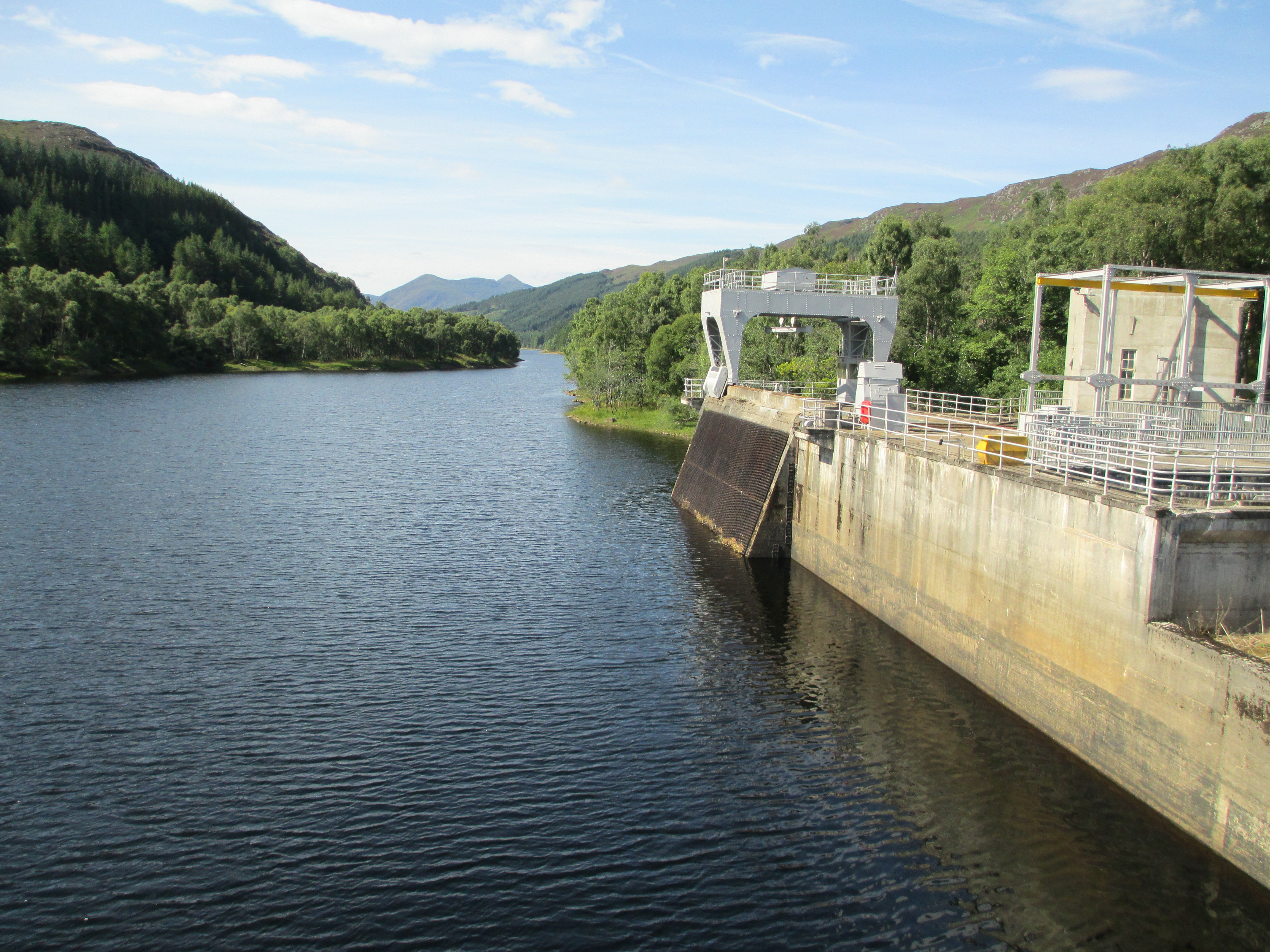Loch Meig on:
[Wikipedia]
[Google]
[Amazon]
Loch Meig (
Scottish Gaelic
Scottish Gaelic (, ; Endonym and exonym, endonym: ), also known as Scots Gaelic or simply Gaelic, is a Celtic language native to the Gaels of Scotland. As a member of the Goidelic language, Goidelic branch of Celtic, Scottish Gaelic, alongs ...
: ''Loch Mìg'') is a freshwater
Fresh water or freshwater is any naturally occurring liquid or frozen water containing low concentrations of dissolved salts and other total dissolved solids. The term excludes seawater and brackish water, but it does include non-salty mi ...
loch
''Loch'' ( ) is a word meaning "lake" or "inlet, sea inlet" in Scottish Gaelic, Scottish and Irish Gaelic, subsequently borrowed into English. In Irish contexts, it often appears in the anglicized form "lough". A small loch is sometimes calle ...
in Easter Ross
Easter Ross () is a loosely defined area in the east of Ross, Highland, Scotland.
The name is used in the constituency name Caithness, Sutherland and Easter Ross, which is the name of both a British House of Commons constituency and a Scotti ...
, Scotland, west of Contin
Contin ( Gaelic: Cunndainn) is a Ross-shire village, and a civil parish and community council area between Strathpeffer and Garve in the Highland council area of Scotland. The parish has a population of 675.North of Scotland Hydro-Electric Board (NoSHEB).
Loch Meig has large 
brown trout
The brown trout (''Salmo trutta'') is a species of salmonid ray-finned fish and the most widely distributed species of the genus ''Salmo'', endemic to most of Europe, West Asia and parts of North Africa, and has been widely introduced globally ...
and perch
Perch is a common name for freshwater fish from the genus ''Perca'', which belongs to the family Percidae of the large order Perciformes. The name comes from , meaning the type species of this genus, the European perch (''P. fluviatilis'') ...
populations, making it a popular choice for fly fishers. The local angling club has helped to boost trout stocks by introducing several hundred fish a year. The fishing season runs from April 1st to September 30th.
Today, the loch is mostly surrounded by timber plantations. However, several sites of historic interest sit on its north and south shores, including ruined farmsteads and sheepdips. The building of the Meig Dam caused many ruins to disappear underwater.
The name of the loch and its parent river derives from an Old Gaelic
Old Irish, also called Old Gaelic (, Ogham script: ᚌᚑᚔᚇᚓᚂᚉ; ; ; or ), is the oldest form of the Goidelic/Gaelic language for which there are extensive written texts. It was used from 600 to 900. The main contemporary texts a ...
root, ''minc'', with cognates in Latin
Latin ( or ) is a classical language belonging to the Italic languages, Italic branch of the Indo-European languages. Latin was originally spoken by the Latins (Italic tribe), Latins in Latium (now known as Lazio), the lower Tiber area aroun ...
, Old Welsh
Old Welsh () is the stage of the Welsh language from about 800 AD until the early 12th century when it developed into Middle Welsh.Koch, p. 1757. The preceding period, from the time Welsh became distinct from Common Brittonic around 550, ha ...
, and Old English
Old English ( or , or ), or Anglo-Saxon, is the earliest recorded form of the English language, spoken in England and southern and eastern Scotland in the Early Middle Ages. It developed from the languages brought to Great Britain by Anglo-S ...
. It roughly translates to "pouring forth".
Alongside Loch Achonachie and Loch Garve, Loch Meig was the site of a 2018 combined SEPA/University of Glasgow
The University of Glasgow (abbreviated as ''Glas.'' in Post-nominal letters, post-nominals; ) is a Public university, public research university in Glasgow, Scotland. Founded by papal bull in , it is the List of oldest universities in continuous ...
study on the behaviour and movement of salmon smolts through impounded lakes.

References
{{reflist Meig Meig Meig